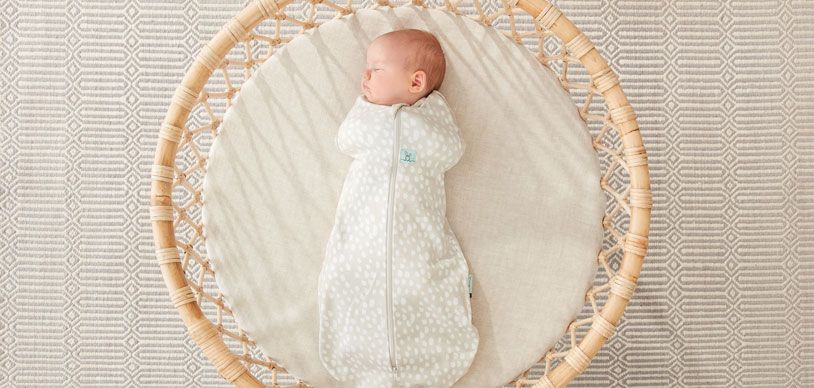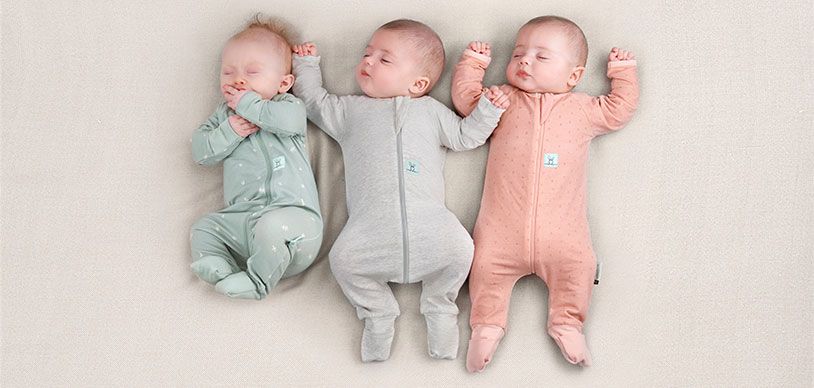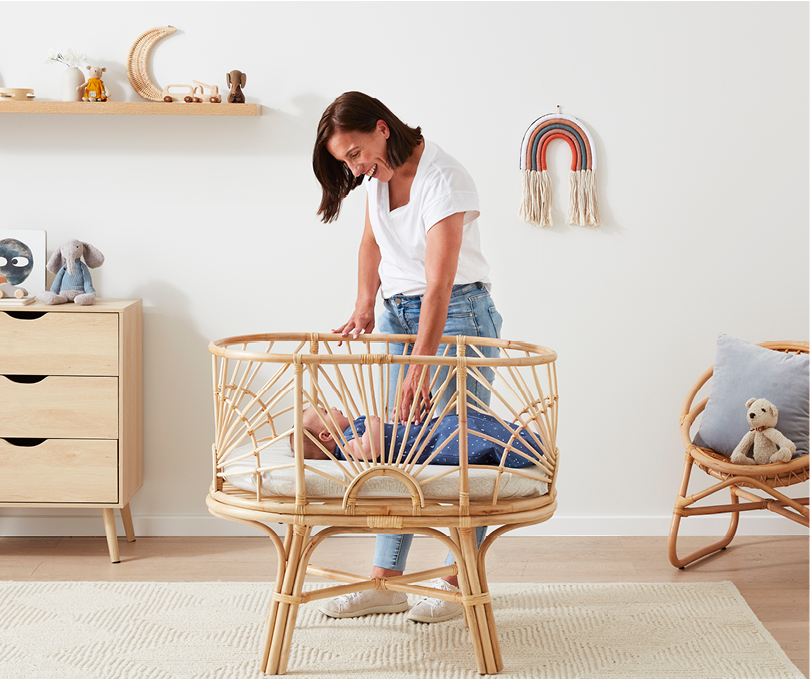
The "coming home from hospital outfit" is a significant moment in any new parent and newborn babes life. When packing your hospital bag for your unborn baby, it's the outfit you fold neatly with excitement and nerves all rolled into one cute little package. Most parents will remember precisely what they dressed their wee new baby in for many years to come (I do, and you will too). It's the outfit that officially (unofficially) starts your life as a new or bigger family.
Before you leave the hospital on your big adventure into parenthood, we need to share a golden formula when dressing your babe for sleep. As you figure each other out, you can dress your new mini in a 0.2 Long Sleeve Romper and a 1.0 TOG Cocoon Swaddle Sack. We've done the research for you, and this is the ideal combination to dress your baby in for sleep that will keep them warm and snug in most hospital temperatures.
P.S. You can sleep baby in the Cocoon Swaddle Sack and Long Sleeve Romper when you return home. If your house is a little cooler and your nursey gets below 70°F opt for a 2.5 TOG Cocoon Swaddle Sack and a 1.0 TOG Long Sleeve Romper.
And for you, mama, the must-have Matchy Matchy Robe. Ideal if you have any visitors and want to feel comfortable yet look chic at the same time.

The all-important coming home outfit
You want to go for a little bit of style (photo op) functionality and comfort all spun into one adorbs outfit. Plus, you want to dress your baby in organic cotton and natural fibers; their new delicate skin is incredibly sensitive, so dressing them in these fibers is a parent-to-parent hot tip. They will live in onesies/Rompers for some time to come. You'll need a few thanks to the number of poo explosions you will experience. #truth
Ideally, in winter baby will be dressed in the 1.0 TOG style as this is the warmest option on the market. Our newborn Rompers are made from a deliciously soft, stretchy organic jersey cotton for comfort and warmth during sleep and daywear. The breathable, natural fibers help regulate body temperature and prevent overheating.
Full of handy features such as 3-way zips for easy diapere changes and dressing, foldover hand and foot cuffs, and zip guards. Our GOTS certified organic fibers are skin-friendly and sensitive to eczema and dry skin conditions. All ergoPouch fabrics are dyed with non-toxic water-based dyes and come in trend-driven prints and colors to suit any nursery. And all our prints are designed in-house, now all you have to do is decide which!

For the Gram/home
If you have older children at home, you could create the cutest first family photo wearing matching PJs or Rompers. Just imagine, new baby in a Romper and bigger kids matching in their PJs #dreamy. And we promise PJs all day is a thing; they will live in their new PJs at home during winter.
Don't forget to add a little cardi/jumper, beanie and socks for the journey home. Ensure that their outfit isn't too bulky or padded as this isn't safe in the car, and they could overheat. Make sure you take the beanie off when putting the baby down for the first sleep at home. I guarantee you'll watch baby the entire time. Hot tip have someone (i.e. friend, partner, grandparents, neighbor) turn the heating on, so when you do arrive home, you and bubba are comfortable and cozy.
Winter babies mean lots of indoor snuggles, warming meals and time to get to know this tiny human you've just birthed. There will be plenty of staring at them and milestones for you and bub. If you have other children at home, you'll be navigating a whole new journey. It's a magical few days when you bring your baby home, leaning on your tribe (family, friends, neighbors, a doula, grandparents, and so on) will help you navigate those first few weeks. Don't be afraid to ask for help.
Good luck.
P.S. It truly goes so quickly, soak up every second.
With love,
eP X
